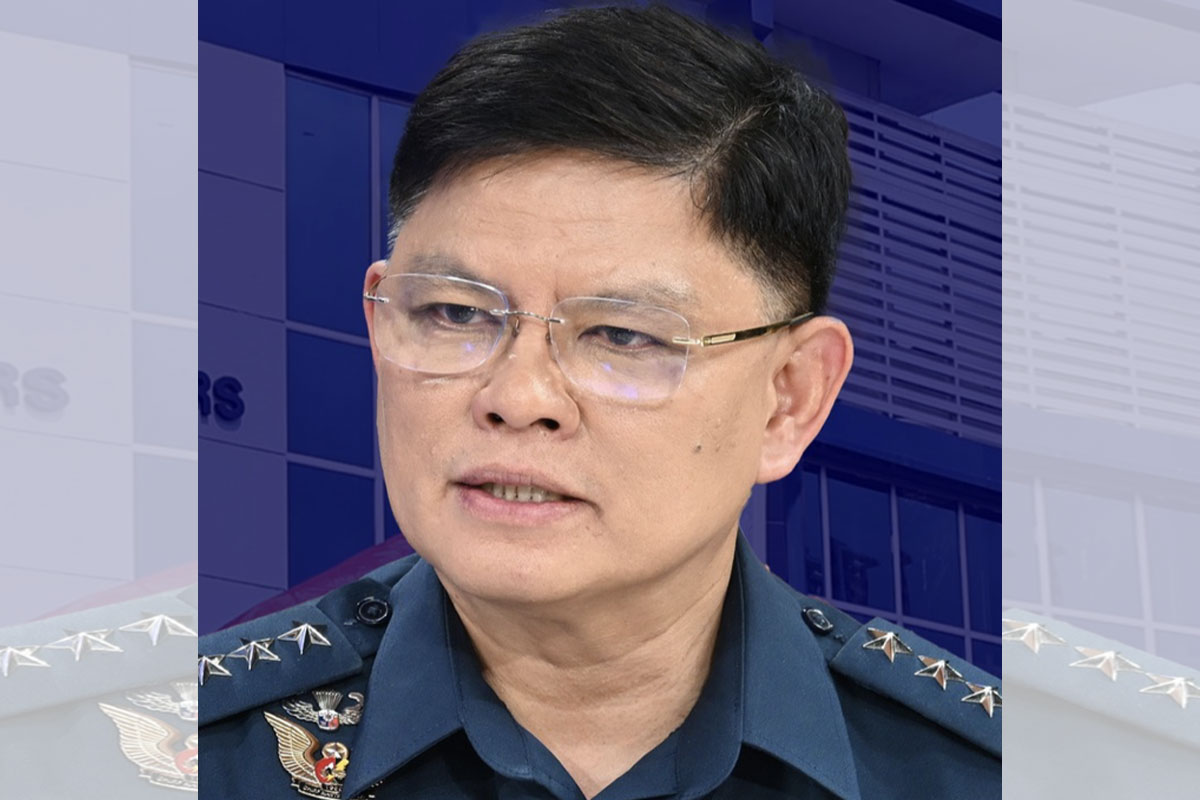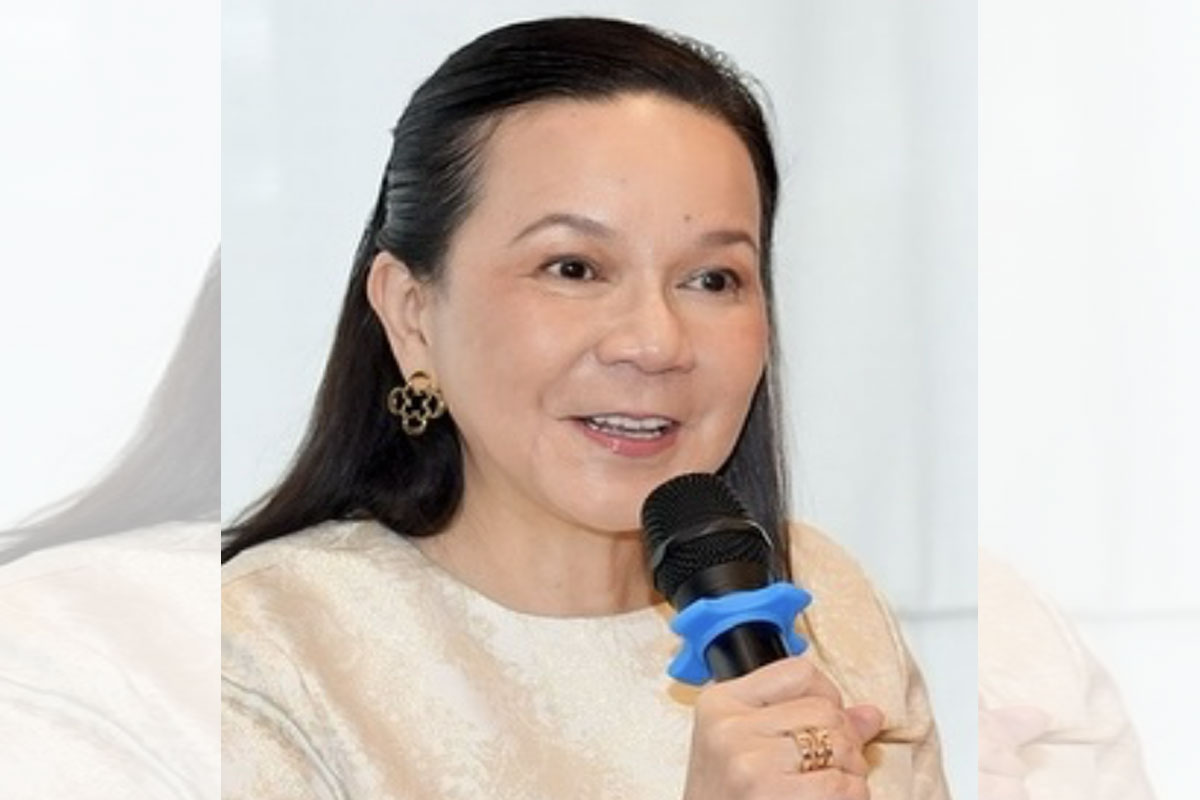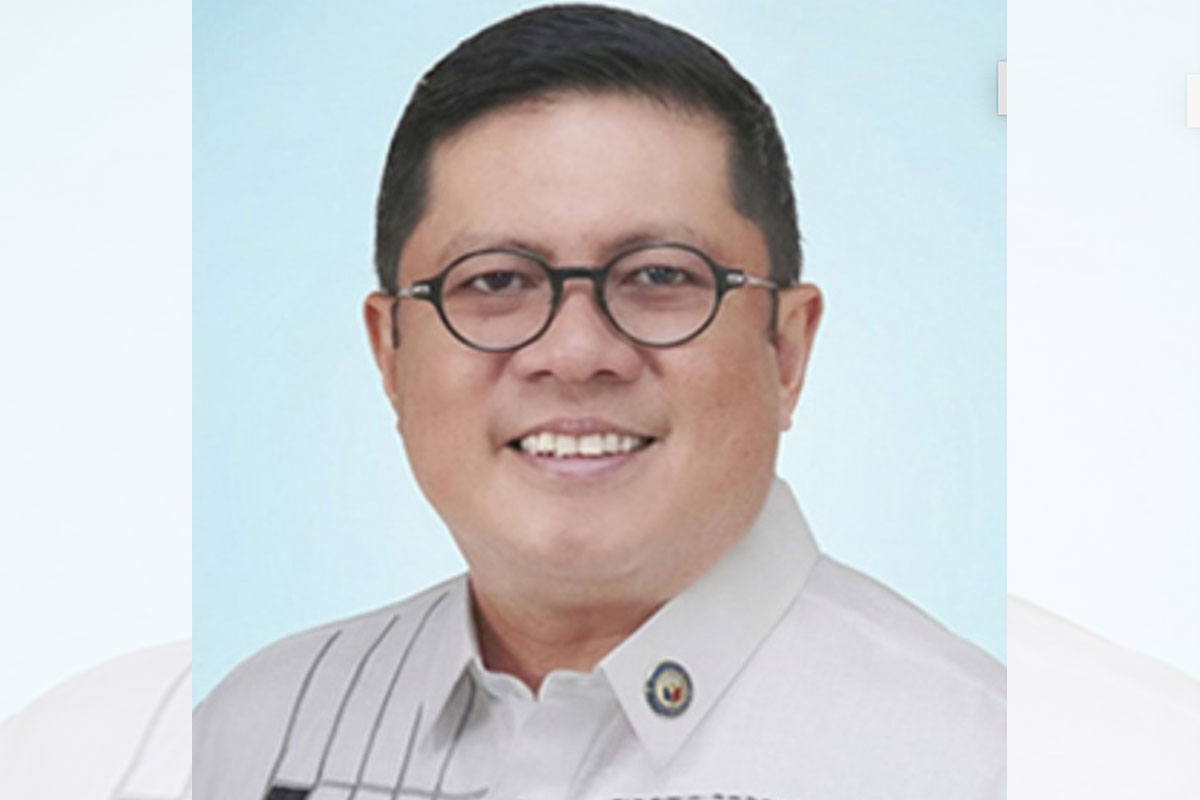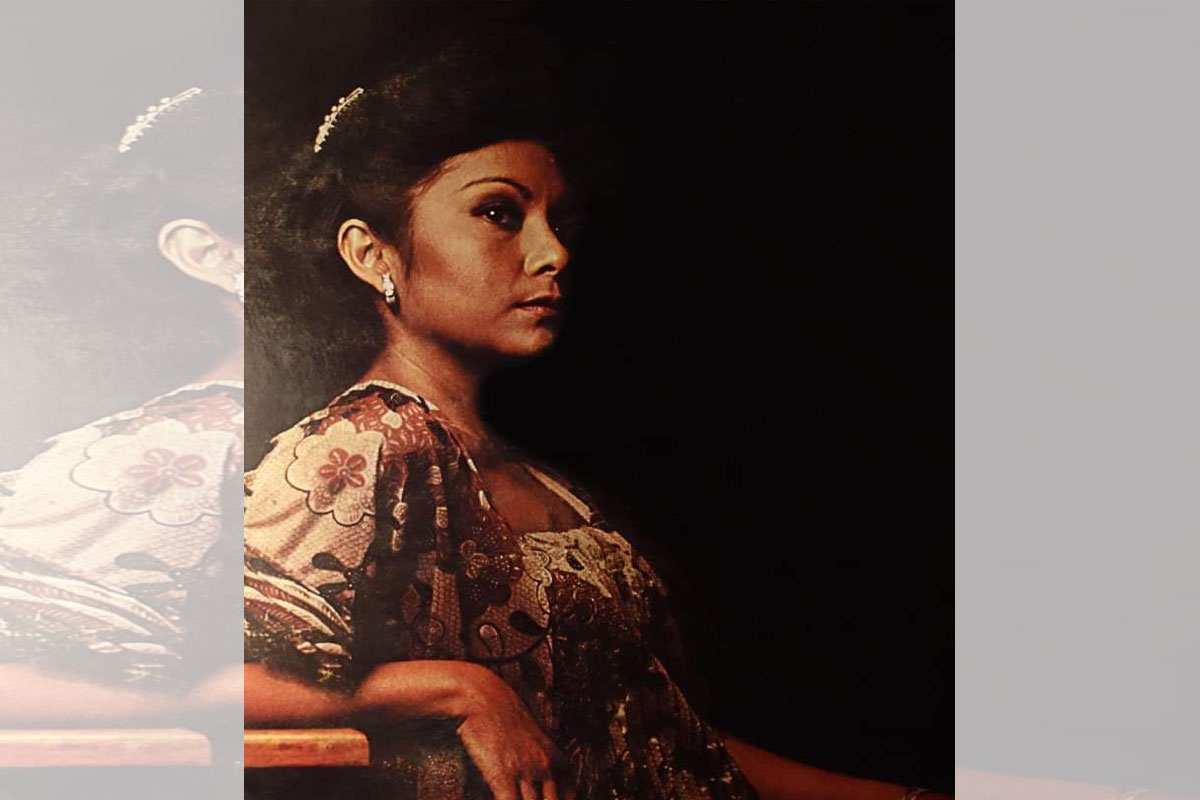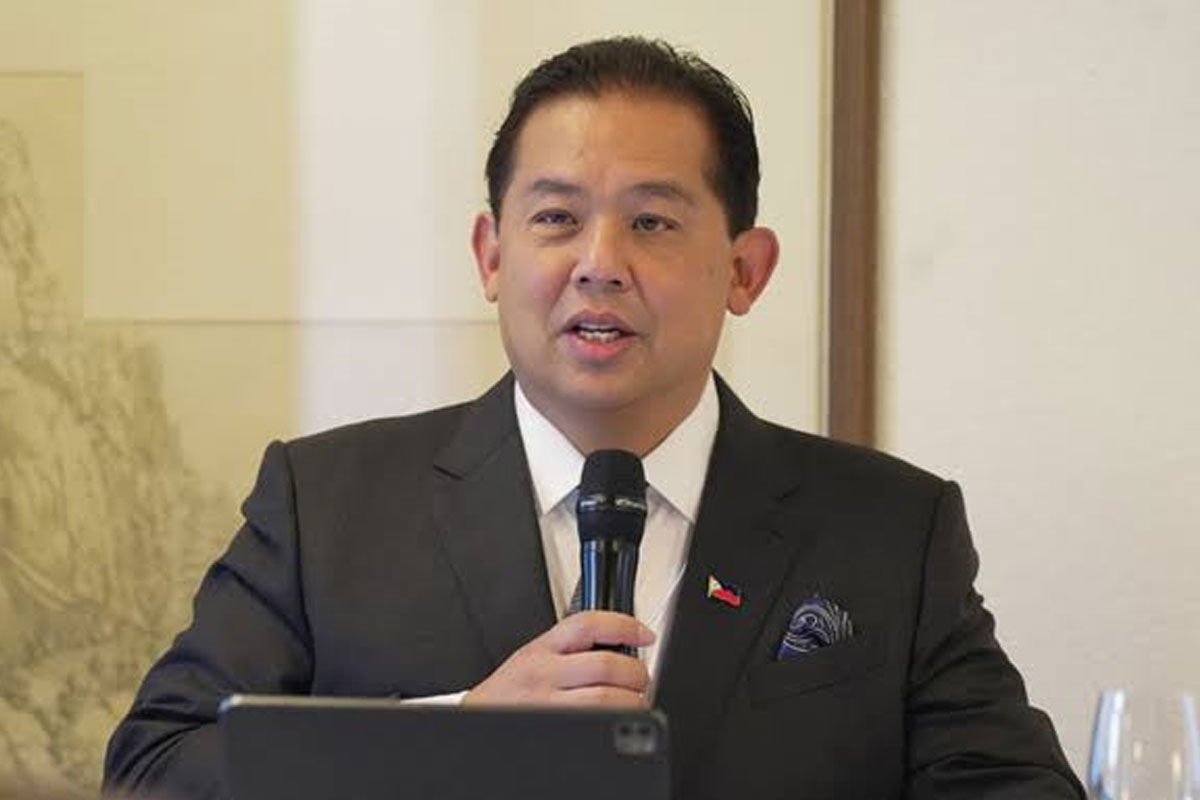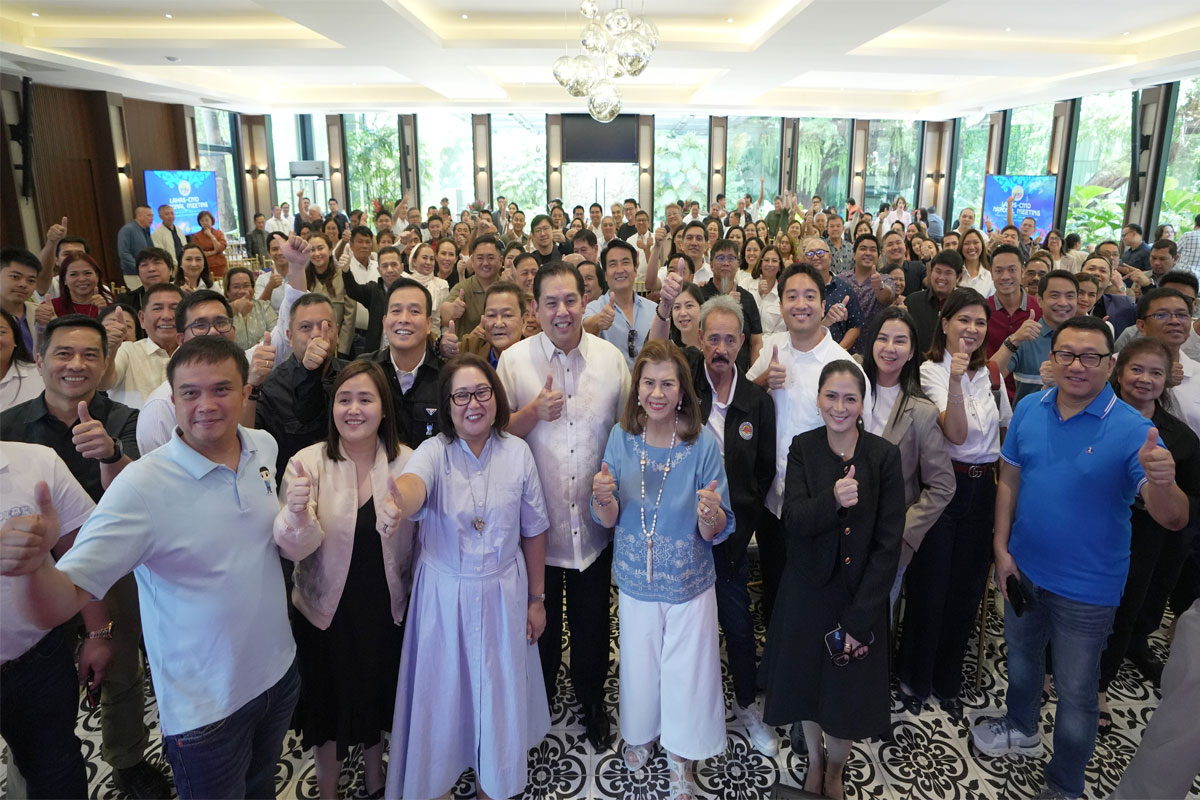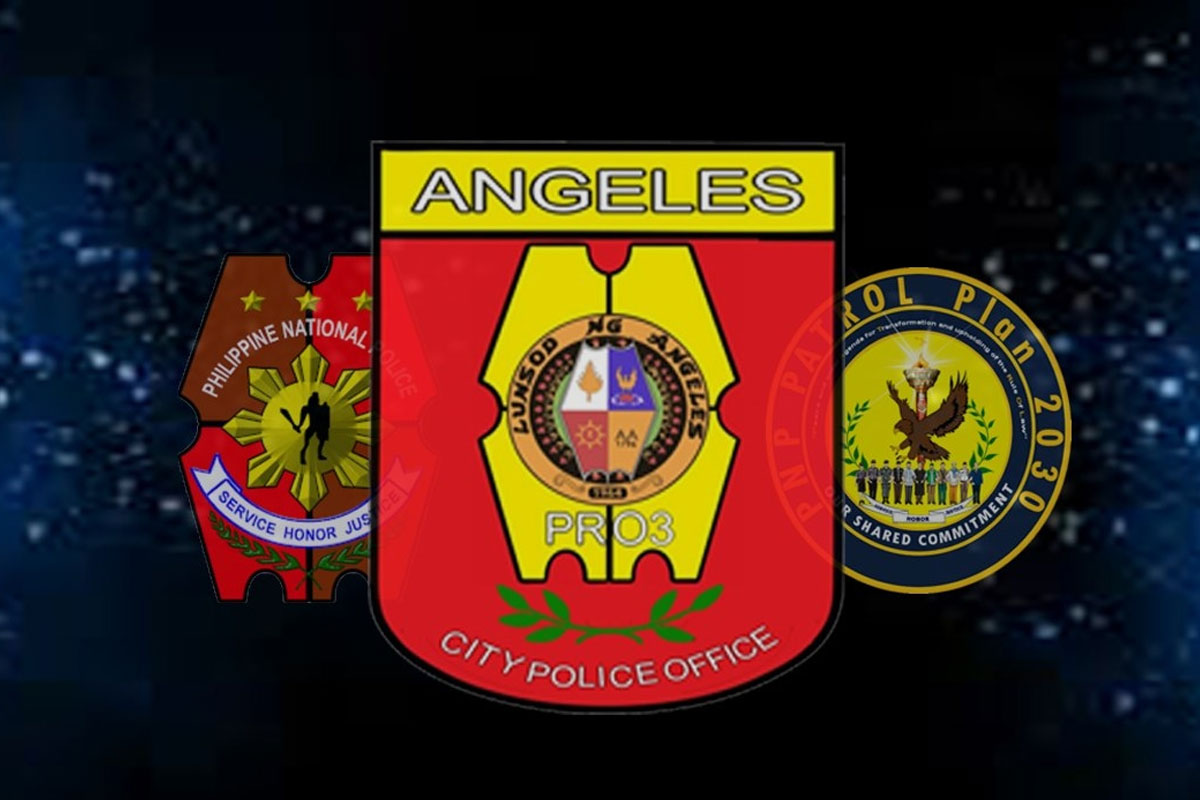
DOST, MMSU inaugurate Wave Flume Laboratory
To support PH sustainable coastal management
Batac, Ilocos Norte – A Wave Flume Laboratory, a facility designed to test different coastal protection structures, funded by the Department of Science and Technology at the Mariano Marcos State University (MMSU) was inaugurated February 3, 2025. This facility is a useful tool for scientific research and real-world applications in addressing concerns in climate change, disaster risk reduction, and sustainable coastal management.
“The Wave Flume Laboratory will be known as the first of its kind in Northern Luzon, well-known for having long stretches of discontinuous shorelines, which are great sources of livelihood for our fishermen, but these are also a source of concern in terms of hazards and disasters,” said DOST Secretary Renato U. Solidum, Jr. during his Keynote Speech. “This facility allows researchers, scientists, and engineers to engage in both scientific exploration and practical applications in addressing the challenges of climate change, disaster risk reduction, and sustainable coastal management.”
A wave flume is a type of wave tank utilized in laboratories to examine the impact of water waves on coastal and offshore structures. This project is developed under the Niche Centers in the Regions (NICER) for R&D program. The facility inaugurated today aims to create a framework to guide LGUs in selecting structure type, design, orientation, and construction materials.
“Establishing the Wave Flume Laboratory is a milestone of this project, which allows for the simulation and testing of real-world wave conditions. This facility is necessary for developing effective and site-specific coastal designs and interventions that are tailored to the unique needs of each location,” said DOST Undersecretary for R&D Leah J. Buendia during her Message. “This is made possible through funding from R&D, such as the DOST NICER program, which works to capacitate local universities in the regions to conduct quality research.”
Beneficiaries of this project includes the Department of Public Works and Highways, Local Government Units, private contractors, and coastal communities. Through the Wave Flume Laboratory, experts can recommend coastal infrastructure designs tailored to specific sites.
DOST PCIEERD Executive Director Enrico C. Paringit shared the accomplishments, saying: “the project has forged valuable partnerships with Kyoto University and with the DPWH District Offices in Region 1. Furthermore, twenty-five technical staff and DPWH personnel have been trained in the use of various software related to coastal engineering design and modeling. In addition, several undergraduate students have chosen to pursue coastal engineering for their research thesis. With these accomplishments, we can confidently assure that science, technology, and innovation were at the core of the project’s implementation.”


